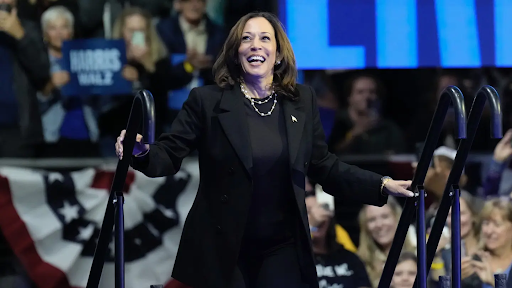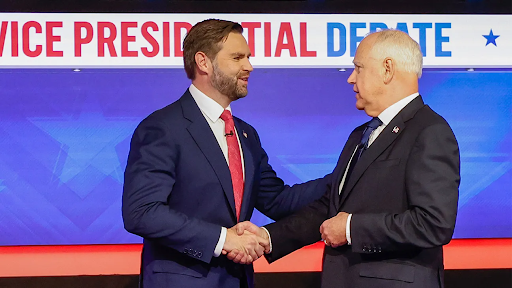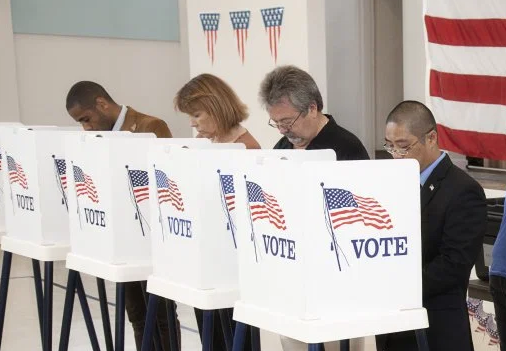As the 2024 presidential election approaches, Vice President Kamala Harris and former President Donald Trump present voters with competing visions for the American economy. While both candidates seek to address urgent issues like economic growth and worker support, their strategies to achieve these ideals differ. Here’s what you need to know about their plans—and what’s at stake.
Tax Policy:
- Vice President Harris’s campaign focuses on tax reforms aimed at balancing economic inequality. Her proposal to raise the corporate tax rate from 21% to 28% seeks to generate revenue for social infrastructure, including education and housing initiatives. She also recommends increasing the small business tax credit from $5,000 to $50,000, stating that this adjustment would better support small businesses, as the average startup cost is around $40,000.
- Additionally, Harris plans to raise income taxes for those earning over $400,000 annually and eliminate taxes on tips for service workers—a move designed to help low-wage earners keep more of their income (Time).
- Former President Trump, on the other hand, wants to make the 2017 Tax Cuts and Jobs Act permanent and maintain lower tax rates for both corporations and individuals (Time). He argues that this will stimulate economic growth and encourage private investment. Trump also proposes eliminating taxes on Social Security benefits for seniors (Investopedia).
Trade Policy: Nationalism vs. Globalism
- Trump’s trade policy is a return to aggressive protectionism. He proposes universal tariffs on imports, with specific emphasis on goods from China, arguing that this approach will protect American jobs and reduce dependency on foreign manufacturing. Supporters claim it strengthens domestic industries, while critics warn of potential price hikes for consumers (Time).
- Harris leans toward a more collaborative approach, where she emphasizes strategic investments in domestic infrastructure and job training rather than broad tariffs. While she hasn’t entirely dismissed targeted tariffs, her focus is on building international partnerships that she believes will benefit the U.S. economy in the long run (PBS).
Housing and Healthcare:
- Harris’s plan addresses the housing crisis with a $25,000 down payment assistance for first-time homebuyers and a $40 billion innovation fund aimed at affordable housing development (CBS News). Her healthcare proposals include expanded government involvement, such as negotiating drug prices and offering tax credits to lower medical expenses (PBS).
- Trump’s approach focuses on deregulation to encourage housing development and drive down prices without direct government assistance (Investopedia). On healthcare, he continues to advocate for repealing the Affordable Care Act and favors a more private-sector-driven system (Time).
Common Ground:
- Both candidates demonstrate a concern for American workers and recognize the need for policies that aim to improve take-home pay, particularly for those in lower-wage jobs. Their mutual proposal to eliminate taxes on tips because of the economic pressures faced by service industry workers shows their shared intent to put more money directly into the pockets of everyday Americans. So, while their tactics may diverge dramatically, both leaders see supporting the American workforce as essential to the country’s future success.
What This Means for Voters
- The 2024 presidential election presents voters with a fundamental choice between two different economic models. Harris’s platform focuses on active government intervention to promote fairness and opportunity. Trump’s vision, rooted in tax relief and trade protectionism, promises a resurgence of market-driven growth. The direction the U.S. economy takes could depend on which vision voters choose to support.
By Sanya Nadeem ‘26, Assistant Politics & Opinions Editor













